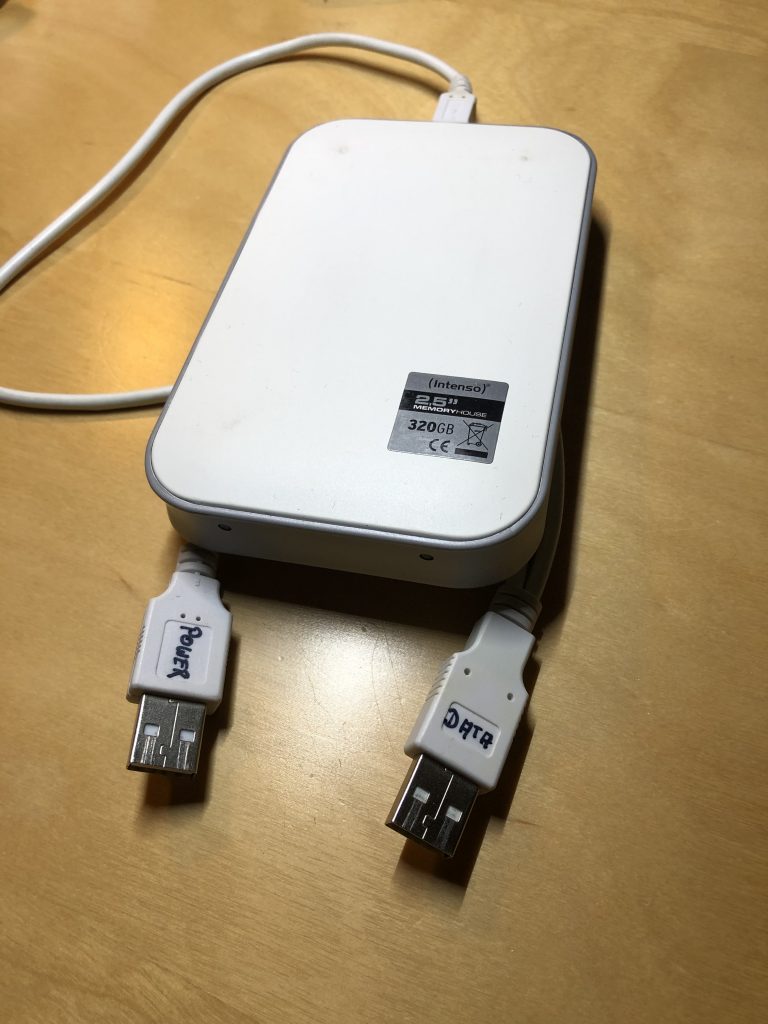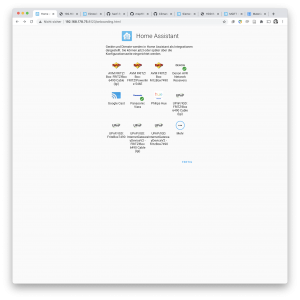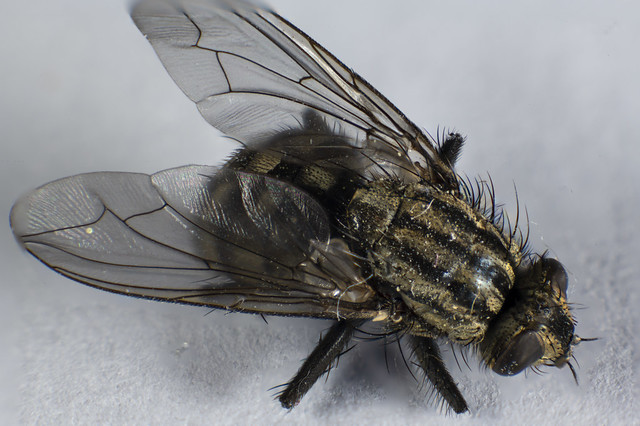Intro
<tbd>
What are the best photo-stacking settings?
For my old Nikkor AF 105mm micro I had tested the best photo stacking settings based on my DoF measurement and calculation by FocusFinder app below.
The old: Nikkor 105 mm 1:2.8G AF-S VR Micro IF-ED
| f | measured DoF at 1:1 [µm] | calculated DoF at 1:1 [µm] |
| 4.0 | 035 | 206 |
| 5.6 | 69 | 289 |
| 8 | 140 | 413 |
| 11 | 270 | 567 |
| 16 | 560 | 825 |
„My picture feeling“ picked f=5.6 with the best compromise of DoF and sharpness, which resulted in the following save overlapping settings for my two working methods
- Nikon Z7 „focus step width“ = 7 (German „Schrittweite der Fokusverlagerung“)
- NiSi rail with 125µm steps
But what about the new Nikkor Z 105mm? Though the old and new 105mm look very similar there are some differences. Aperture is f4.0 vs f4.5 at minimum distance of 314mm vs 290mm.
The new: NIKKOR Z MC 105 mm 1:2.8 VR S
The new 105mm is much much sharper. The old 105mm has quite some color fringing, not visible in the new one. Therefore, the DoF is not really comparable. Now we only need to know the DoF for each f-stop and than we know how to set things up. Hence, as Nikon does not publish DoF data for the lens – which is a shame by the way – I did my own test.
Getting a grip on Depth-of-Field (DoF): f8
| f | measured DoF at 1:1 [mm] | calculated DoF at 1:1 [mm] |
| 4.5 | <<0.171 | 0.190 |
| 5.6 | <0.171 | 0.236 |
| 8 | 0.171 | 0.337 |
| 11 | 0.354 | 0.464 |
| 16 | 0.530 | 0.675 |
The calculated DoF expects shallower DoF with the new 105mm but in practice the difference is not that big. Defraction starts slightly with f11 and is quite big with f16. Therefore, I will pick f8 at my future foto stacking option.
Next comes the focus steps value for focus stacking via autofocus.
The 100 steps test
Using the „focus shift shooting“ functions of the Nikon Z7 starting from minimum distance of 0.29cm with 100 pictures & steps (1/200 F8 ISO100) I measure the distance on the display after the 100 shots:
| focus step width | distance on display | distance [mm] | average distance per step [µm] |
| 1 | 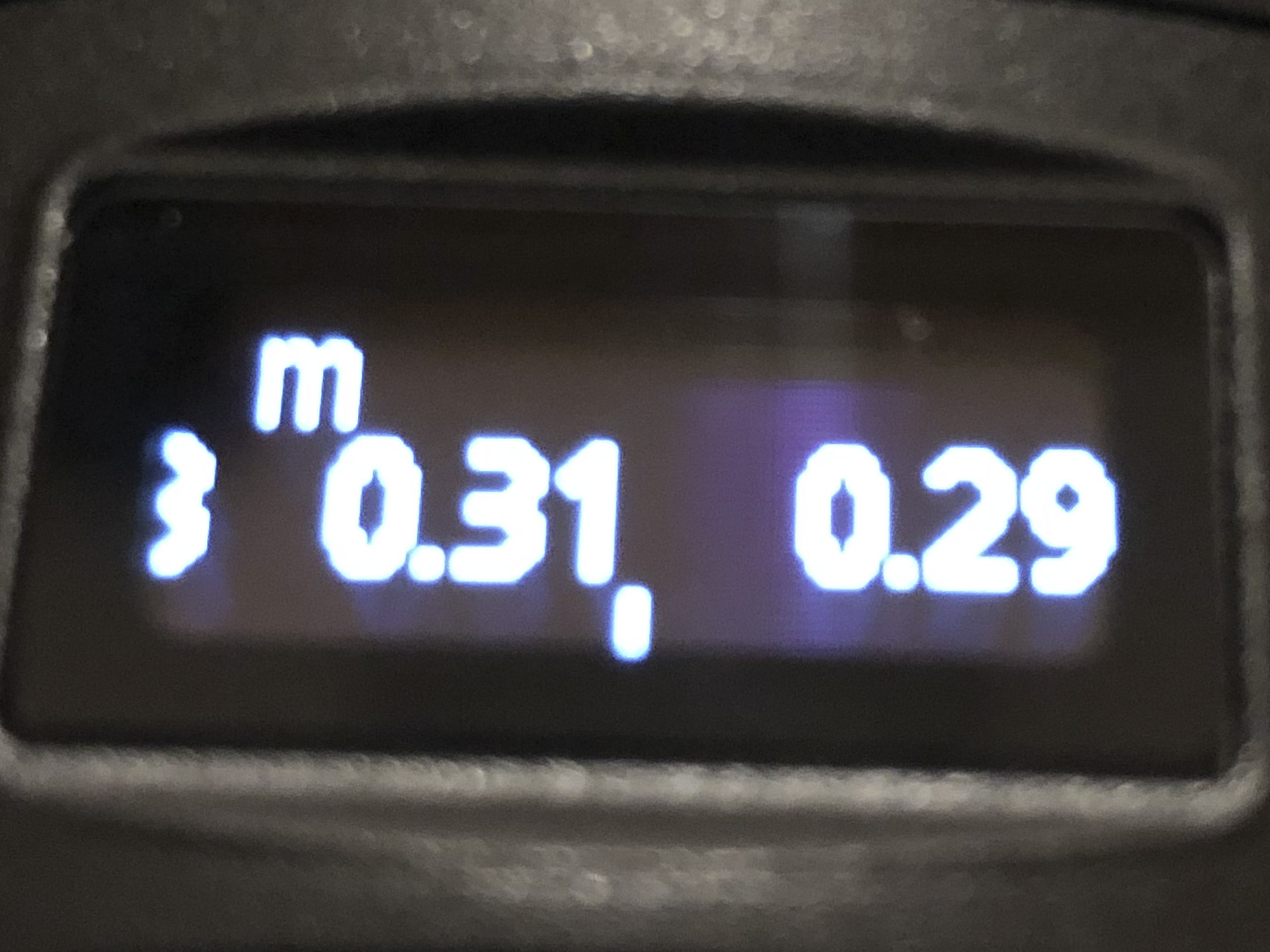 | ≈0.3 | 1 |
| 2 | 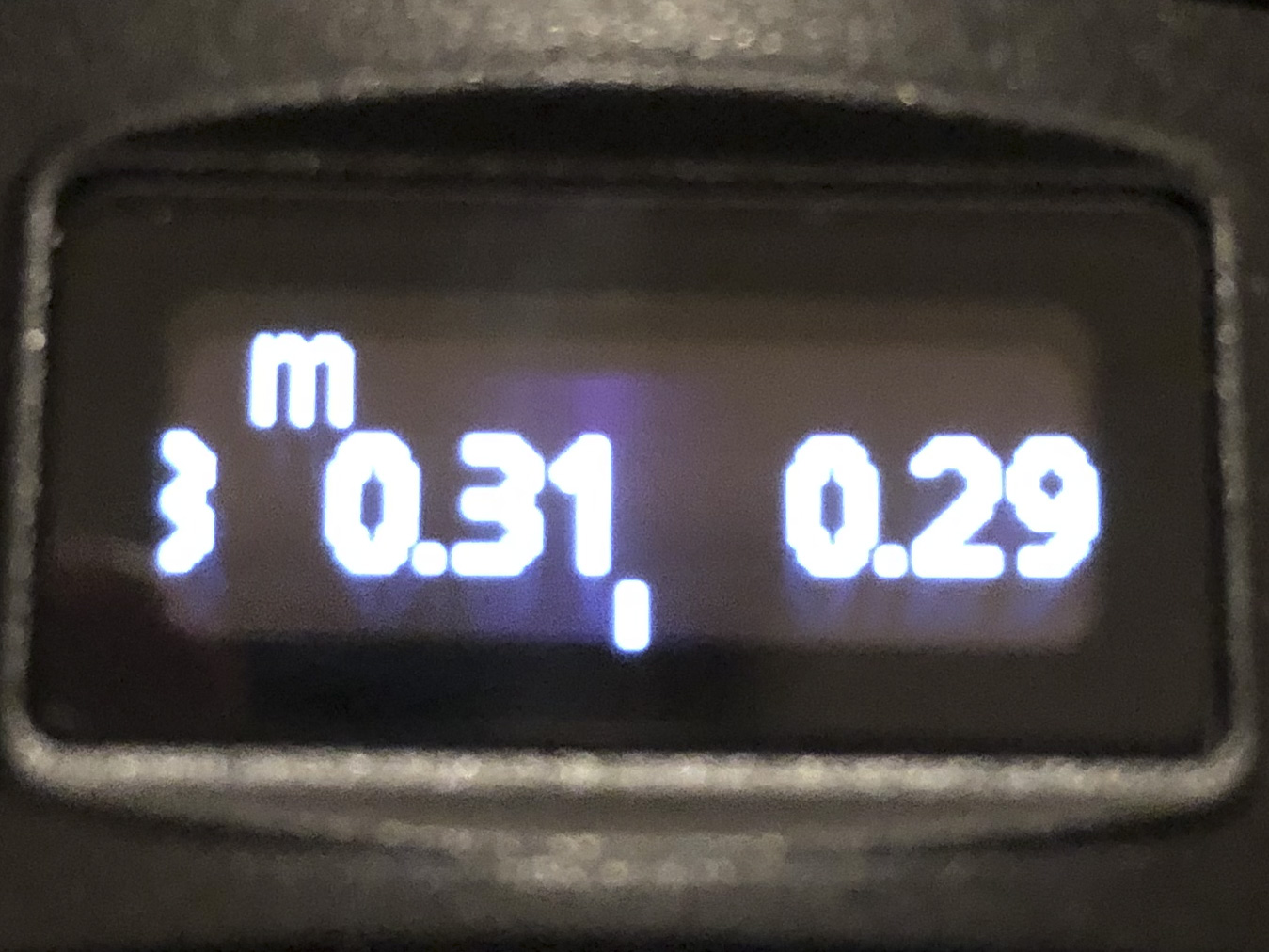 | ≈0.3 | 1 |
| 3 | 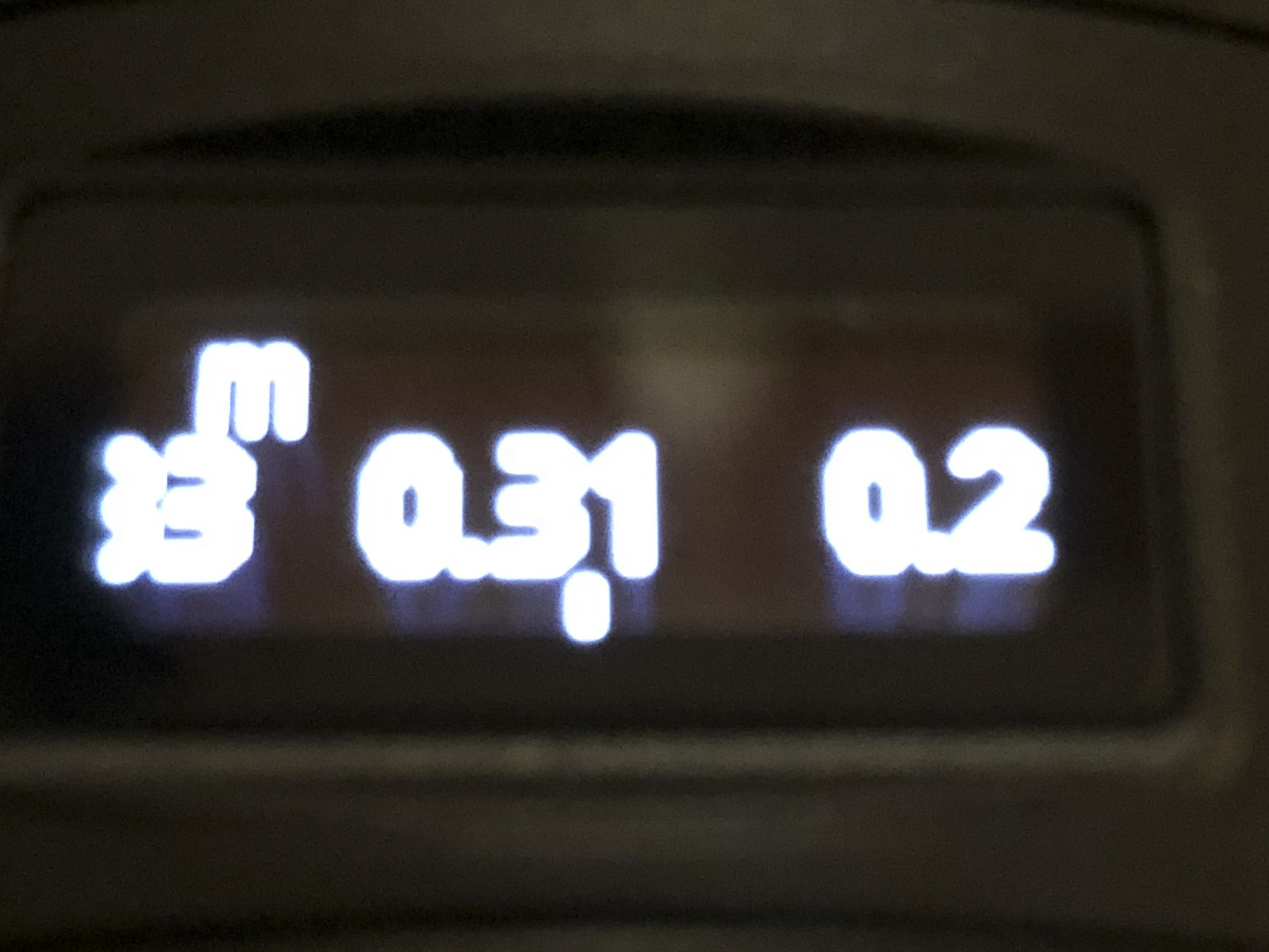 | 0.31 | 2 |
| 4 | 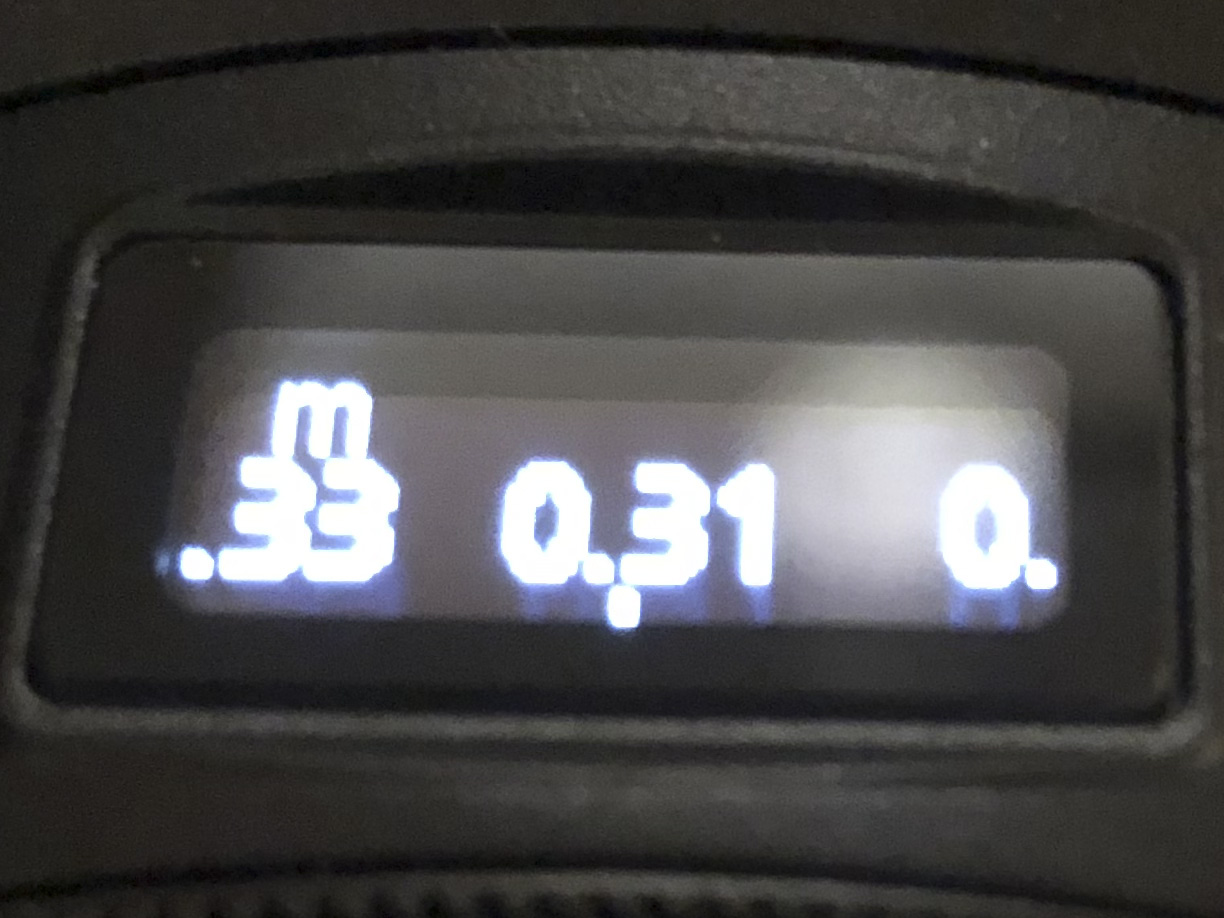 | 0.31 | 2 |
| 5 | 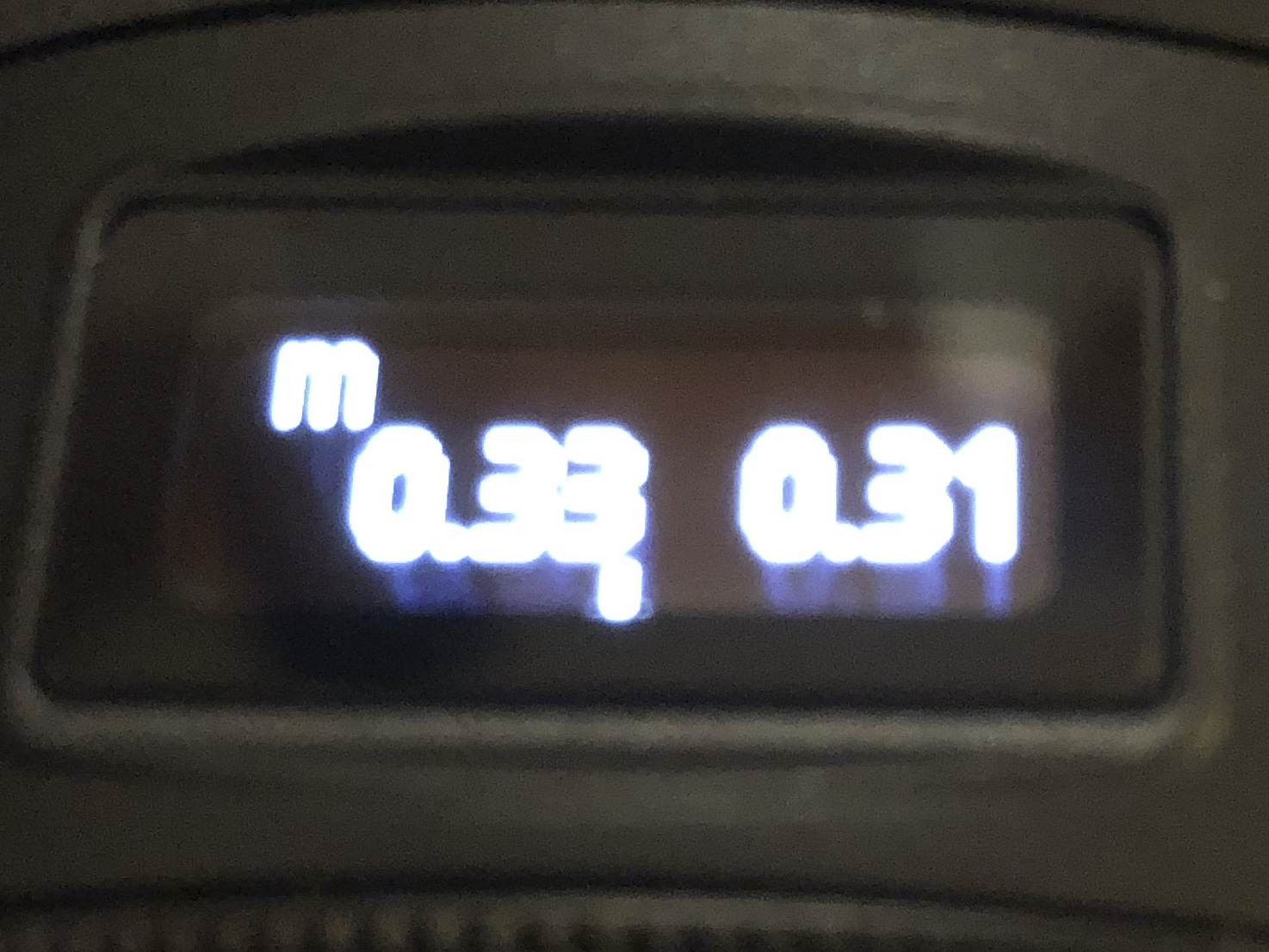 | ≈0.32 | 3 |
| 6 | 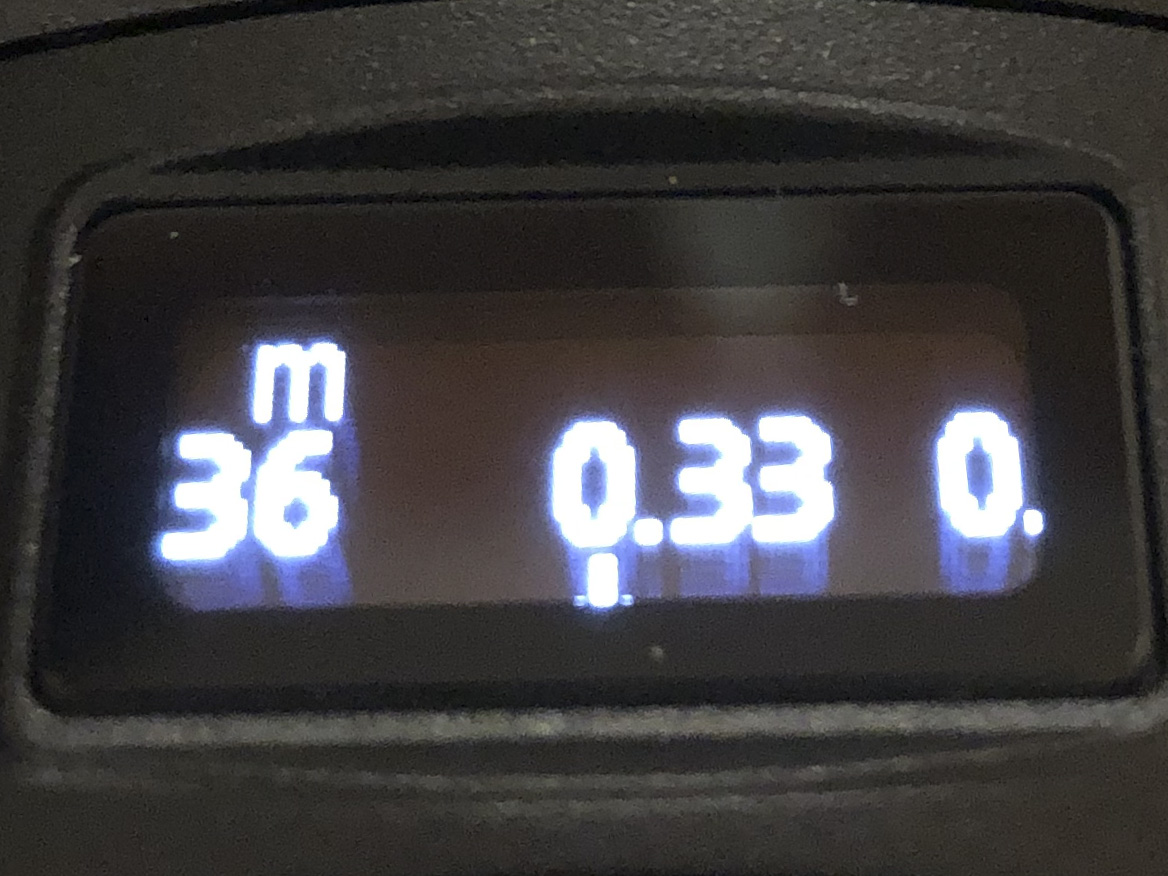 | ≈0.33 | 4 |
| 7 | 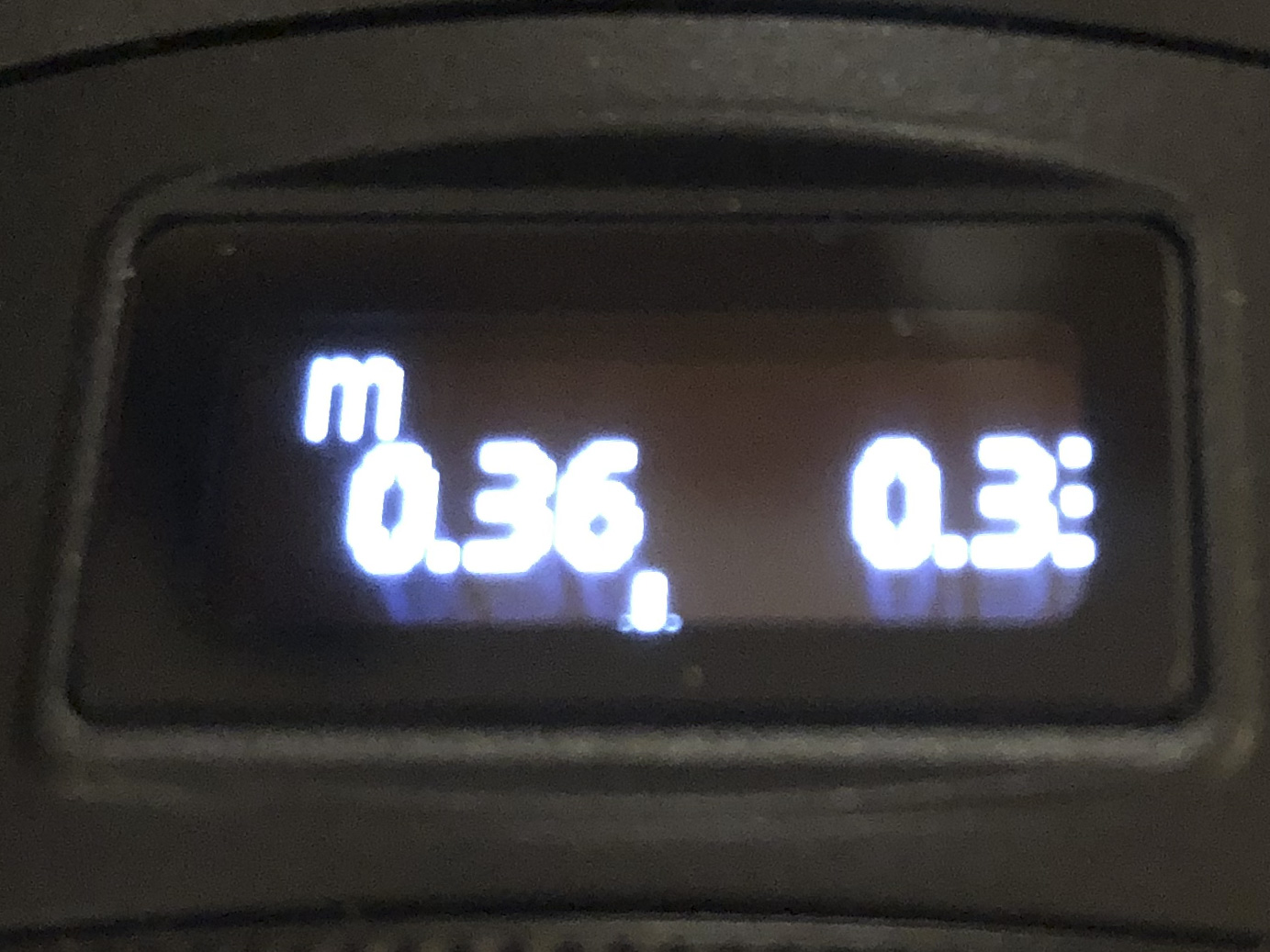 | ≈0.35 | 6 |
| 8 | 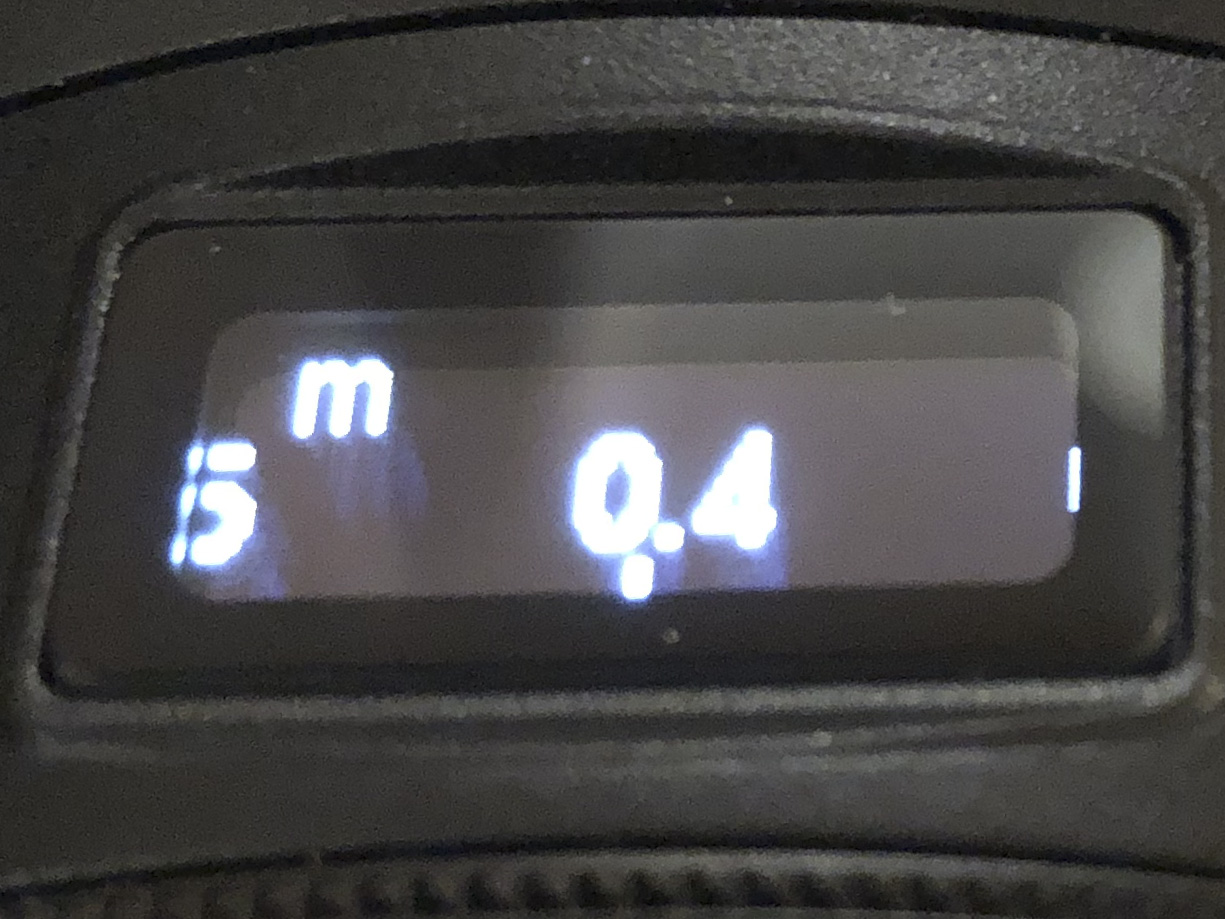 | 0.4 | 11 |
| 9 | 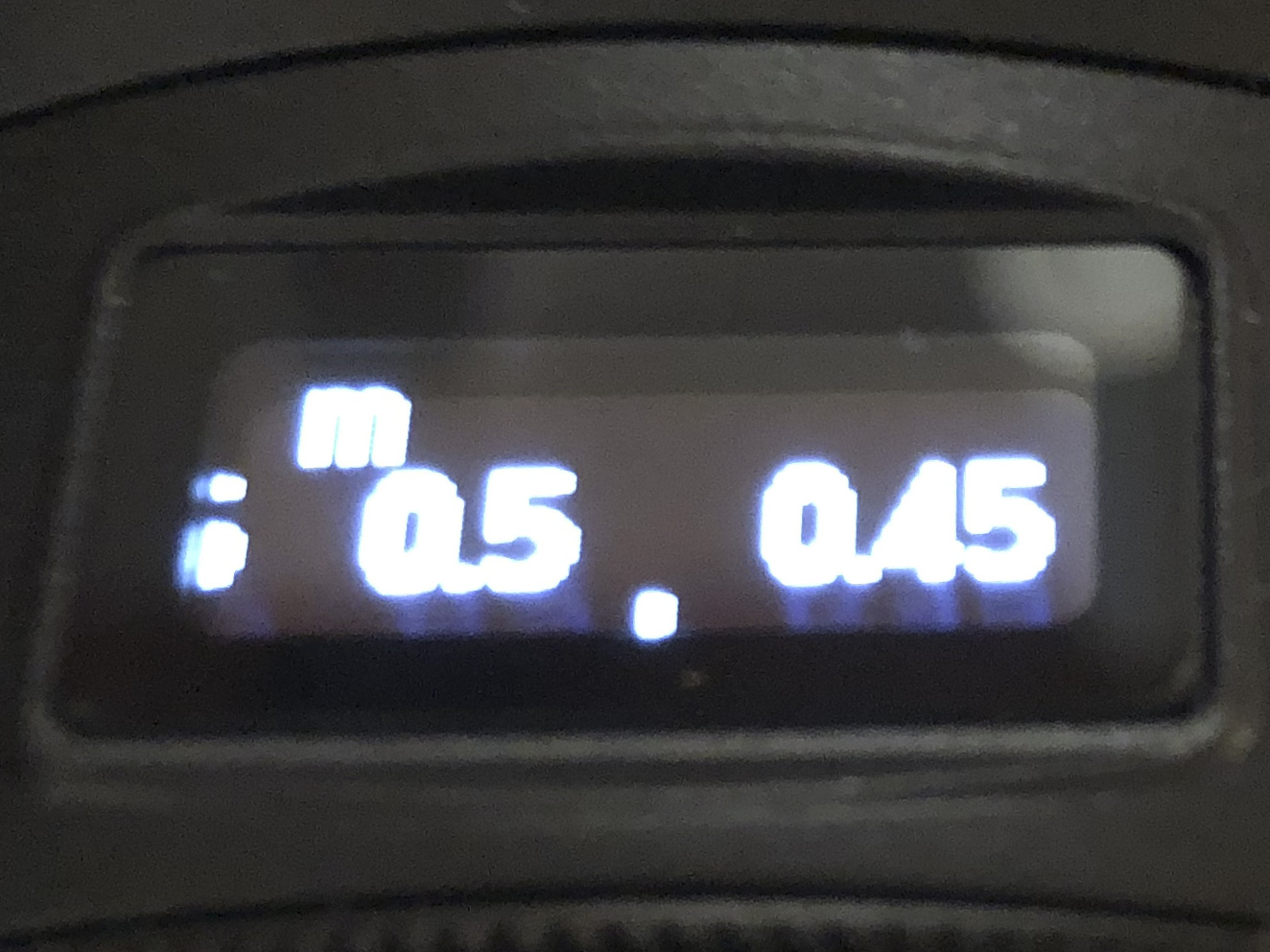 | ≈0.47 | 18 |
| 10 | 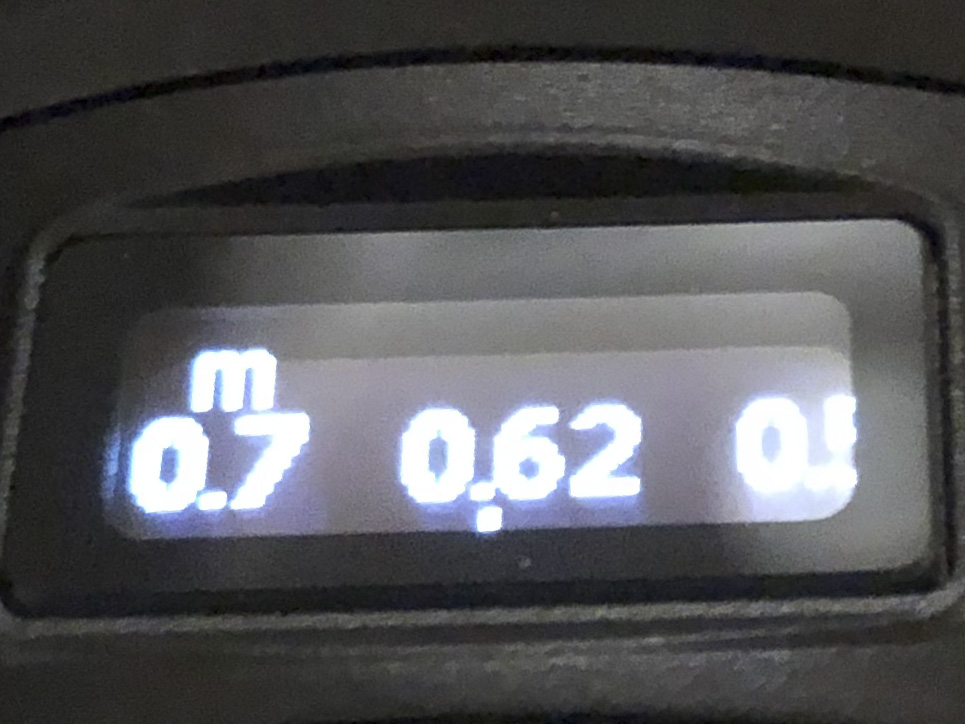 | 0.62 | 33 |
As the stacking distance is not even distributed over the covered range, we cannot conclude too much regarding minimum distance coverage.
Testing 10 stacked pictures with mm-ruler
Here I simply stacked 10 pictures with Helicon Focus (B, 8, 4) and checked the final picture for sharpness. Best results are:
| Scenario | f | focus step width |
| more DoF | 8 | 5 |
| min DoF | 4.5 | 4 |

